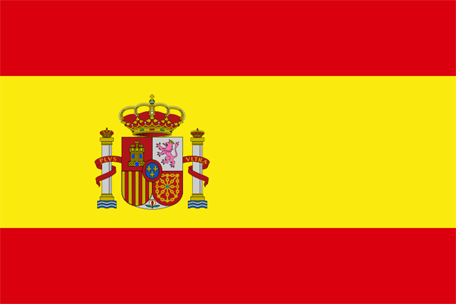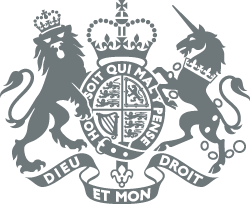1. What Is AI Model Training?
AI model training is the process through which a machine "learns" from data. Just like humans gain skills through practice and repetition, AI models improve their accuracy by processing massive datasets over time. This training process adjusts the model's internal parameters so it can perform tasks like recognizing images, generating text, or making predictions with increasing precision.
Training an AI model requires intensive mathematical computation and high-performance hardware—especially powerful GPUs (Graphics Processing Units). Large-scale models like GPT or Stable Diffusion need weeks or even months of training using thousands of GPUs simultaneously.
2. Why AI Model Training Is Crucial in the Real World
Autonomous Driving
AI models in self-driving cars must interpret real-time visual data to identify pedestrians, road signs, traffic lights, and vehicles. These models are trained on millions of real-world images and driving scenarios. The better the training, the safer the vehicle.
Image and Video Generation
Tools like Midjourney, DALL·E, and Sora can generate realistic images or videos from text prompts. Their creativity stems from training on billions of image-text pairs. Without large-scale model training, this type of generative AI would be impossible.
Natural Language Processing (NLP)
Conversational AI (like ChatGPT), language translation, and smart assistants rely on massive language models trained on diverse and complex text corpora. These models "learn" to understand context, meaning, and even intent—all through training.
Medical Imaging and Diagnostics
AI is now used to detect anomalies in X-rays, MRIs, and CT scans. These diagnostic models are trained on thousands of annotated medical images, enabling them to spot early signs of conditions like cancer more accurately than traditional systems.
Predictive Analytics and Recommendation Systems
From e-commerce suggestions to financial forecasting and smart energy management, AI models must be trained on historical data to predict future behavior or optimize decisions.
3. What Does an AI Model Training Platform Do?
An AI model training platform is an integrated environment that simplifies and accelerates the training of AI models. It provides all the essential tools, resources, and infrastructure developers need, including:
High-performance computing (HPC): Access to powerful GPU clusters for efficient large-scale training.
Standardized environments: Pre-configured support for popular deep learning frameworks like TensorFlow, PyTorch, and JAX.
Distributed training management: Systems that divide training workloads across multiple machines or nodes for speed and scale.
Monitoring and visualization tools: Dashboards to track training progress, detect errors, and fine-tune parameters.
Collaboration and reproducibility: Shared environments ensure teams can work together on experiments and replicate results.
4. The Growing Role of Training Platforms in the AI Era
As AI models become larger and more complex—think GPT-5 or multimodal models like Sora—the need for scalable, reliable training infrastructure becomes urgent. AI model training platforms are no longer just “developer tools”; they are becoming foundational infrastructure for the entire AI ecosystem.
Moreover, as AI expands into sectors like agriculture, education, manufacturing, and logistics, model training platforms will serve as the underlying engine that powers this transformation.

 English
English  Deutsch
Deutsch  Français
Français  Español
Español  Português
Português  Italiano
Italiano  にほんご
にほんご  Nederlands
Nederlands 



